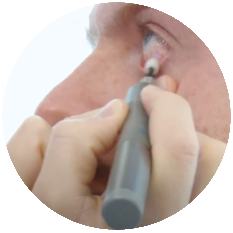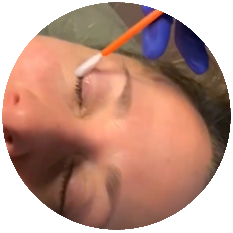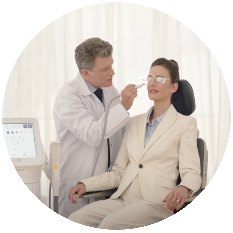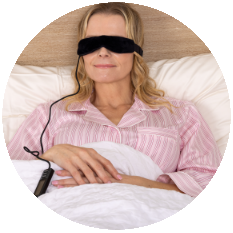LipiFlow Dry Eye Treatment
What is LipiFlow treatment?
The LipiFlow® Thermal Pulsation System System is a medical device which treats blocked meibomian glands by heating up and massaging away solidified oils. It was developed by Johnson & Johnson and is approved by the US Food & Drug Administration. It is unavailable on the NHS in the UK due to the high capital and operating costs and can only be accessed privately.
Why should I have LipiFlow?
Heat therapy is traditionally used as a treatment for blocked meibomian glands, melting the hardened contents and allowing a better flow of lipids to be produced.
Unfortunately, hot flannels, eye bags, heated bags and such products are of limited effectiveness, due to several key drawbacks:
1. They cool down too rapidly to have any sustained effect.
2. The heat can only be applied to the outer eyelid, while the glands lie on the inside. As the eyelid tissue itself has insulating properties, even less heat can get to the meibomian glands.
3. Compression of the glands is best done simultaneously with the heat application while the oils are in their melted state.
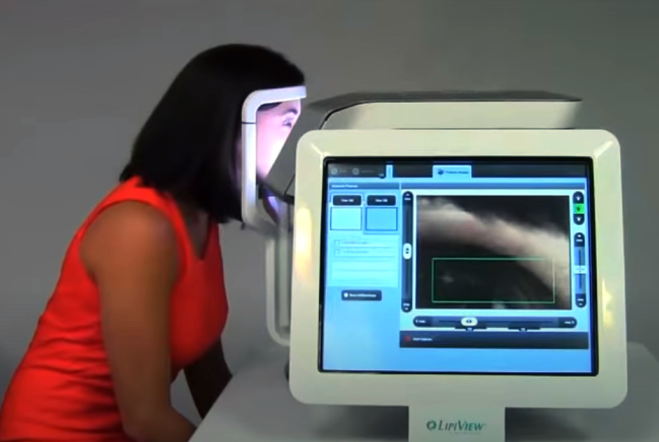
How does LipiFlow work?
The LipiFlow Thermal Pulsation System consists of a touchscreen control panel and a single-use eyepiece called a LipiFlow Activator.
After applying numbing drops to prevent discomfort, the operator will put the Activator in place on your eye.
This lid warmer component of the Activator is a curved plastic cup, with a silicone lining, making it soft and flexible. It is designed to sit under the eyelids, over the eyeball. One side of the lid warmer contains an electric, temperature-controlled heater which transfers heat to the meibomian glands through the inner eyelid. The other side is insulated to protect the cornea. The other Activator component is an eye cup which goes over the closed eyelids once the lid warmer is in place. The cup contains a mechanism which applies pressure, squeezing the meibomian glands against the lid warmer.
The LipiFlow system allows constant, controlled, directional heat to be applied to the inner surface of the eyelid while protecting the rest of the eye with an insulated shield, thus providing precise, thermally controlled, safe heat to the targeted area. The LipiFlow system is computer controlled, applying a temperature of exactly 42.5°, this being scientifically calculated as the heat necessary to melt the solidified oils.
As well as heat, the LipiFlow system also applies pressure, facilitating the release of secretions from the obstructed gland, helping to improve the lipid layer and relieve the symptoms of Dry Eye/blepharitis.
Does LipiFlow have any risks or
side-effects?
LipiFlow has not been found to have any risks. The most common side-effect is a temporary increase in eye dryness until the lipids return.
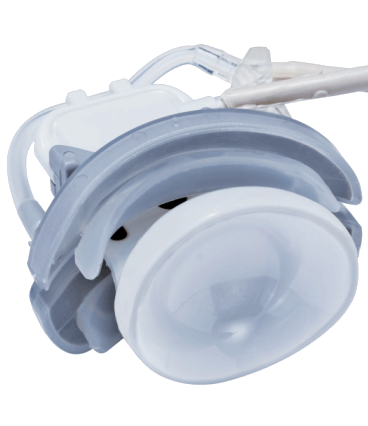
Treatment takes only twelve minutes and takes place in a normal consulting room. It is virtually painless and some patients compare it to a spa experience. In a clinical study, 32% of patients reported no discomfort and 48% noted awareness of pressure without pain while undergoing LipiFlow treatment.
Who will carry out my treatment?
Although opticians and optometrists can also administer LipiFlow, at our clinic you can choose to have it done by a consultant ophthalmologist. Discounts are available for LipiFlow treatments carried out by a nurse or optometrist. However, your initial assessment will always be with a consultant ophthalmologist.
Are LipiFlow results immediate?
Although many patients experience an immediate improvement, optimal results are usually reached around 6-8 weeks post treatment.
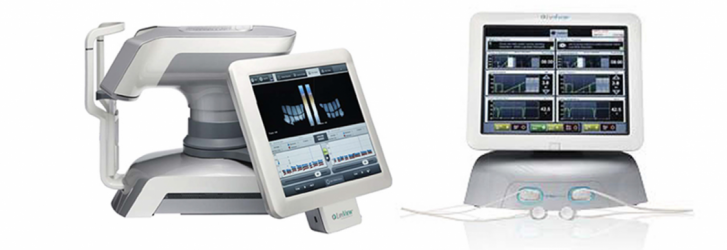
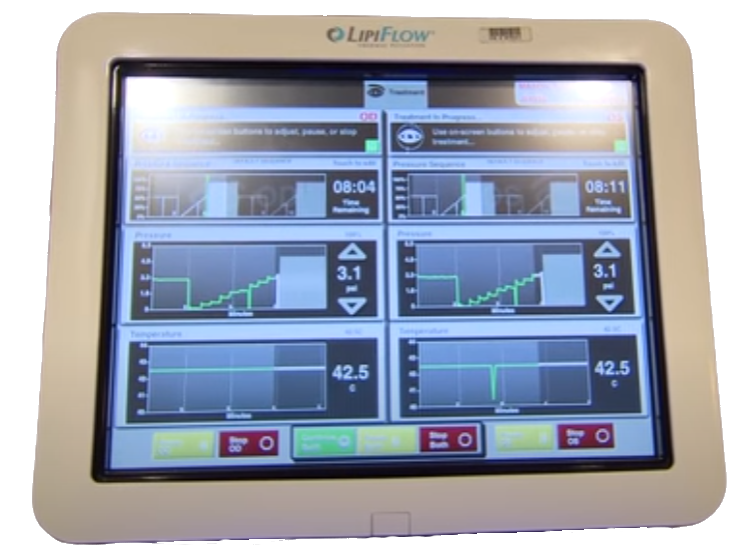
How long does the improvement in symptoms last?
Results vary from patient to patient with improvements lasting anywhere from a few months to up to two years from a single LipiFlow treatment. On average, you can expect around 12 months after each treatment. It is safe to repeat on an 8-12 month basis.
What are LipiFlow success rates?
Around 80% of otherwise healthy adults will see an improvement after LipiFlow treatment.
Can anyone have LipiFlow?
LipiFlow is not advised for people who have, or have had any of the following:
- Ocular surgery within the last 3 months.
- Ocular injury within the last 3 months.
- Ocular herpes within the last 3 months.
- Active ocular infection.
- Active ocular inflammation or history of chronic, recurrent ocular inflammation within the last 3 months.
- Eyelid abnormalities that affect lid function.
- Ocular surface abnormality




